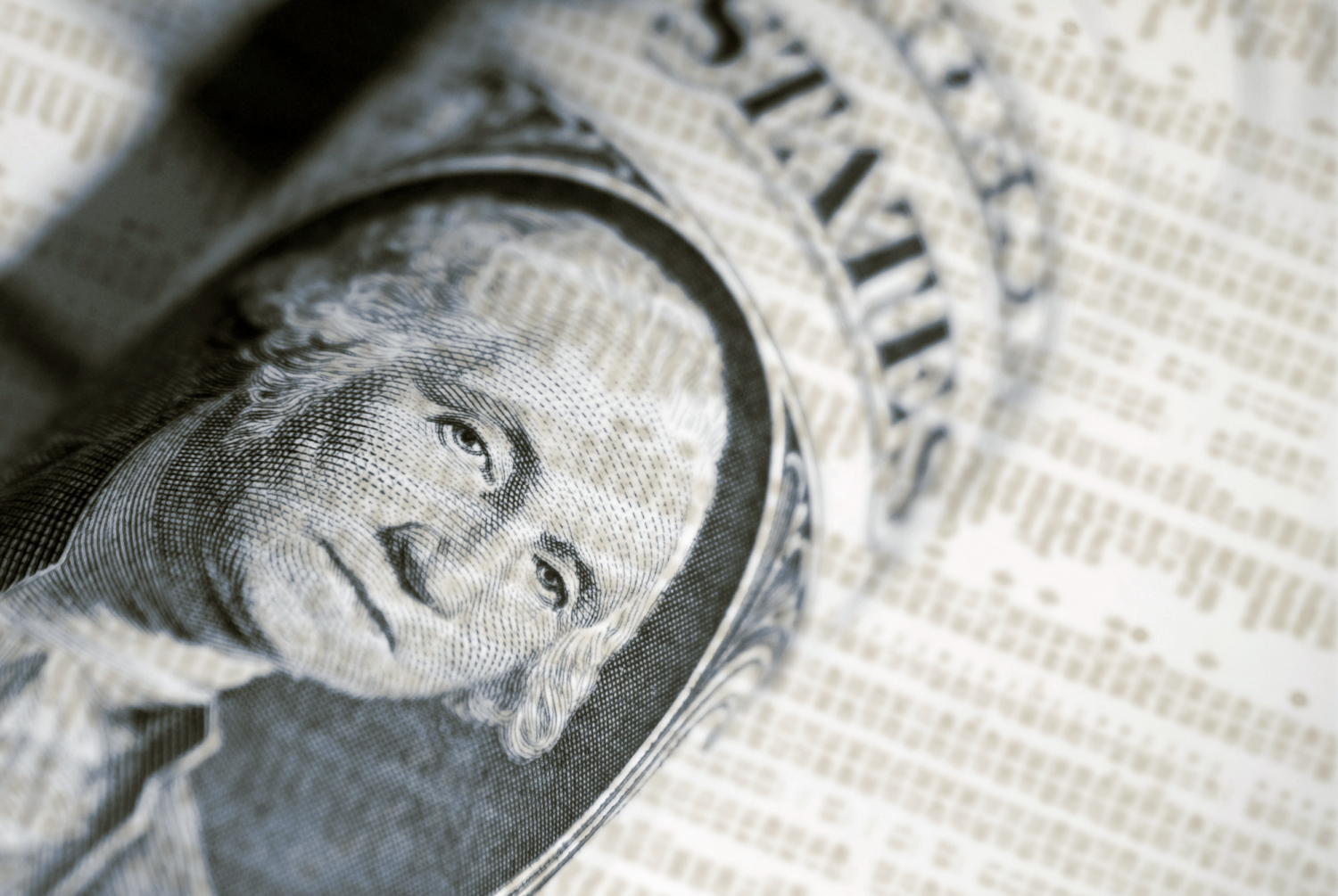Another year, another disconnect in how newspaper companies performed financially and what CEOs and other top executives took home in their pay envelopes.
My scan of executive compensation tables at six public companies again reflects that C-suite leaders did just fine even if their companies did badly.
I did notice a twist from a similar report I compiled a year ago: A substantial number of the executives are now gone from their jobs. The attrition hit three of four top earners at Tribune Publishing, two of three at Gannett and two of three at McClatchy.
The pay disclosures appear in proxy statements (form 14-A) filed with the Securities and Exchange Commission before annual meetings, most of them this spring.
If you believe the party line among big companies that executives are tasked with creating value for shareholders, the four-person executive team at The New York Times Co. earned their millions — CEO Mark Thompson, $6,144,106; chief operating officer Meredith Kopit Levien, $3,111,893; chief financial officer Roland Caputo, $2,497,689; and publisher A.G. Sulzberger, $2,075,313.
While other newspaper share prices were declining or collapsing, New York Times stock rose about 25% in 2019 (and is up by another third this year). That translates to an added value of more than $1 billion for shareholders.
Kopit Levien has been a rising star at the company for some time and Wednesday was named CEO as Thompson announced his retirement.
At the rest of the companies, big pay appears more problematic.
Tribune Publishing had something of a revolving door at the top. Departing CEO Justin Dearborn earned $1,315,394; his successor Timothy Knight, $2,154,340. Knight himself was let go in early 2020 in favor of Terry Jimenez, who had earned $1,909,420 as chief financial officer in 2019.
Ross Levinsohn, the Los Angeles-based entertainment executive who for a time was CEO of Tribune Interactive and publisher of the Los Angeles Times, was paid $1,630,298. Big plans for new digital ventures hatched by former CEO Michael Ferro and Levinsohn never materialized. At the time of his resignation, Levinsohn was the subject of sexual harassment charges. He had received bonus grants of $6.5 million to join the company in 2017.
Gannett was acquired by GateHouse parent New Media Investment Group in November (retaining the Gannett name). With two operating CEOs, one had to go, and that was GateHouse’s Kirk Davis. He was paid $2,852,974. Paul Bascobert, the operating CEO of old Gannett, retained the job with new Gannett and earned $811,442. Chief financial officer Allison Engel was paid $555,000.
Both Bascobert and Engel have since left the company, and their large severance packages will appear as 2020 pay.
Gannett CEO Mike Reed is an employee of New Media and technically he is hired by contract to manage Gannett, as he had been for GateHouse. So his earnings are not disclosed. I am guessing he is paid at least $8 to $10 million.
At McClatchy CEO Craig Forman ($2,877,460 in 2018) continues in that post and may be retained if hedge fund Chatham Asset Management completes its purchase of the company in the next month as McClatchy emerges from bankruptcy.
To streamline the top ranks, chief financial officer Elaine Lintecum ($1,336,000 in 2018) retired this spring, and vice president Mark Zieman ($1,804,626 in 2018) has left the company. (I was unable to find 2019 figures — McClatchy did not have an annual meeting or file the 14-A proxy form this year. A McClatchy spokeswoman did not respond to a request for the 2019 figures.)
Forman, a Silicon Valley veteran, inherited the company’s huge debt load when he became CEO in early 2017 and has made progress in shifting revenue from print to digital. But his pay looks a little incongruous at a company that was forced to seek Chapter 11 bankruptcy reorganization in February.
Two smaller companies do not pay their top executives quite as much. A.H. Belo CEO Robert Decherd earned just $366,000. However, Decherd is a descendant of the founding family and bought out shares from another branch of the family — so he essentially owns Belo. Chief operating officer Grant Moise, who doubles as publisher of The Dallas Morning News, earned $1,299,249.
Lee Enterprises expanded to a 75-paper chain early this year when it acquired BH Media, Warren Buffett’s newspaper arm. CEO Kevin Mowbray earned $1,842,000 last year; his predecessor Mary Junck retained the position of executive chairman and was paid $959,905.
The 14-A disclosures spell out at length the tangle of base pay, stock options, performance bonuses and severance packages that comprise total earnings.
To recapitulate briefly my story last year on executive compensation, executive pay has been a lightning rod for critics for years.
Charles Elson, a University of Delaware expert on corporate governance, describes it as a “heads-I-win, tails-I-win” deal for the executives. Boards typically have a compensation committee that pegs the payouts to peer group CEO earnings. So if your executives earn the same as those at similar companies, it’s a self-perpetuating practice, one that boards and the executives seem to have no interest in modifying.
Newspaper companies are not in the highest rung of the pay ladder. 2019 was a year, though, that showed payouts stayed high, for those who retained their jobs, and even for executives on their way out as their companies floundered financially.
Rick Edmonds is Poynter’s media business analyst. He can be reached at redmonds@poynter.org.







